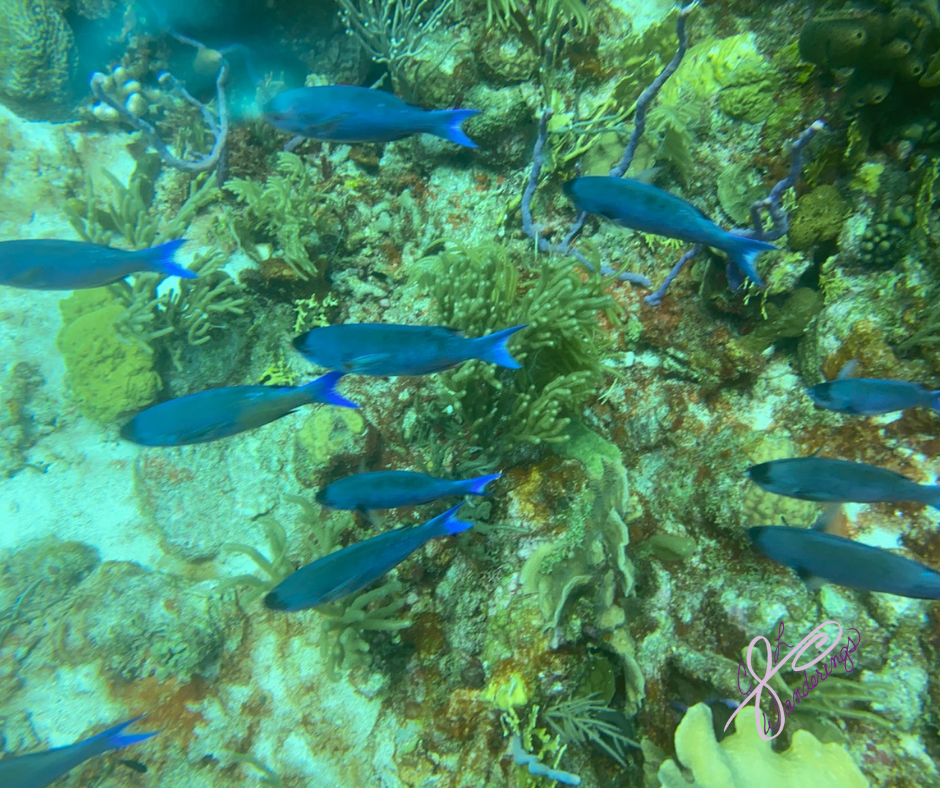



Encounters in Curaçao
My two favorite dive locations in Curaçao are Double Reef and Tug Boat. Double Reef is a favorite because it comes with a near-guarantee that divers see multiple turtles. On this trip, I saw seven distinct green and hawksbill turtles on one dive!

The Clownfish and the Sea Anemone
A symbiotic relationship is a long term biological interaction between two living organisms. The clownfish and sea anemone have a mutualistic relationship, so they benefit off each other. These animals would not be able to survive without each other.

Reef Conservation International (ReefCI)
ReefCI, an NGO which offers several types volunteer opportunities. While on the island we met volunteers who spent a month or more with ReefCI. During our time with ReefCI we learned about the destructive power of the lionfish, an invasive species in the Caribbean and Atlantic. To help conserve coral and the reef, we responsibly removed 217 lionfish on our dives. We also learned about and performed fish identification, queen conch surveying and much more during our 5-days of being volunteer citizen scientists.
Read more about this organization.

Ocean Bubbles
Shampoo bars contain no plastic and there is zero waste, which means nothing goes in the landfill or worse still the ocean.
These bars are environmentally friendly which means we can start to repair the damage done to marine life.


Old Dog, New Trick
Making dog food is a simple new eco-action I’ve taken to reduce waste going to the landfill or being recycled and bonus...Oliver loves it and is healthier because of it.
Simple eco-actions make big difference when we do them collectively.

Random Acts of Kindness
It’s possible in our day to day lives we may find ourselves thinking of others, or perhaps feeling like things are not going as planned. It might be time to plan random acts of Kindness like a small bag of items – bag of hope. A bag of hope contains thoughtful and useful items.
